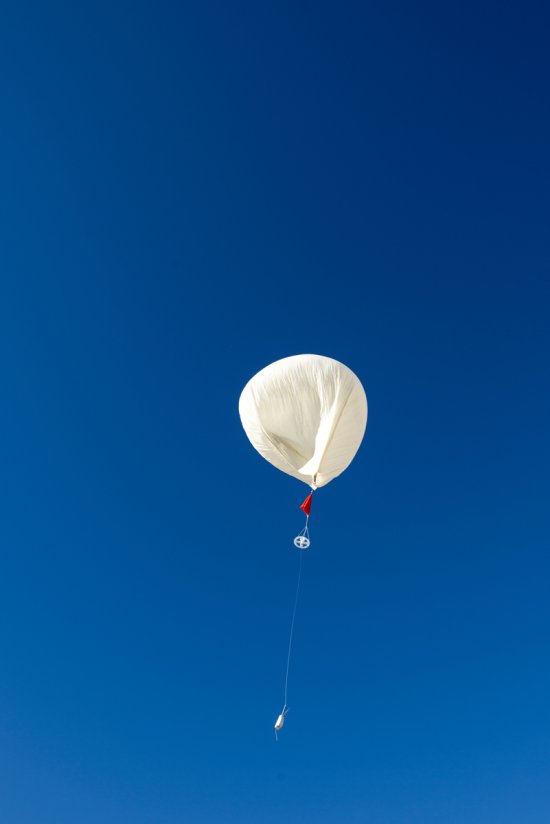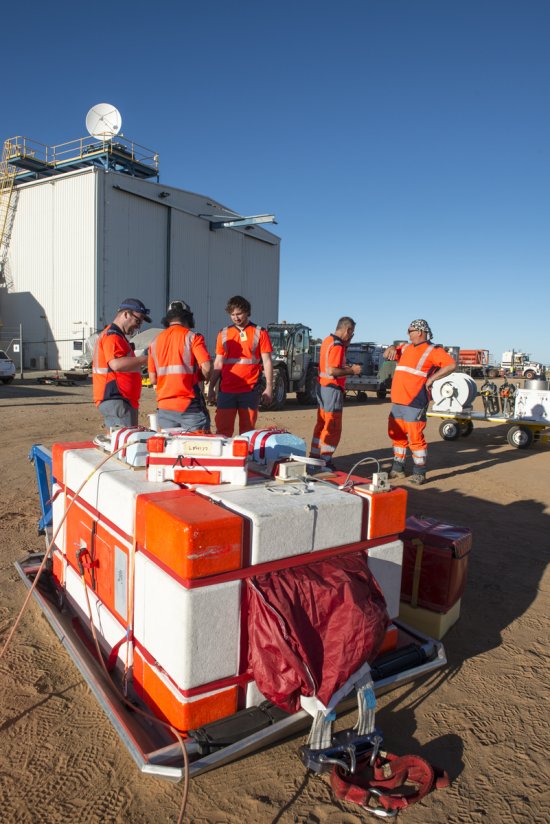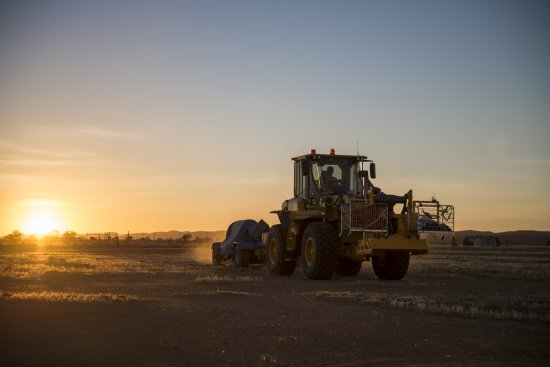
Sébastien CHASTANET
Toulouse
Within an observatory, Sébastien is specialised in scientific photography and scientific missions. Passionate about travelling, Sébastien loves to get lost in a country, a city, in the random lights and landscapes. It is always with great enthusiasm that he prepares his bag for a new photo mission.






































